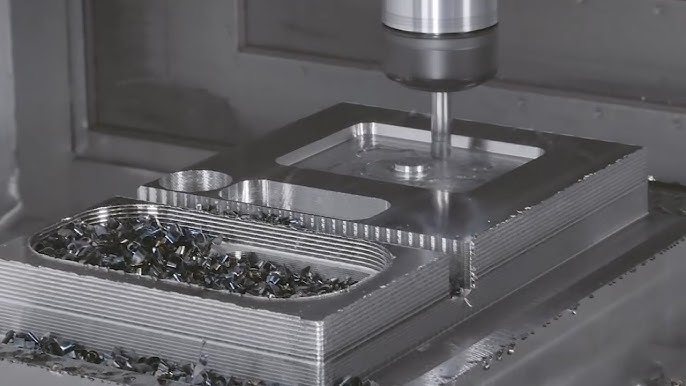The industrial world makes extensive use of transparent and translucent parts. These parts are manufactured using a diverse range of materials and manufacturing techniques. However, to achieve desirable results in terms of durability, finishing, and product quality. one must be skilled and competent in all of the material properties and manufacturing techniques used. This article answers all of your questions, including which material to use. What manufacturing process yields successful outcomes? and what post-processing techniques are required for them.

What are transparent and translucent Materials?
Transparent and translucent are the terms widely used in optical physics. The main difference between them is the light rays' passage through them.
Transparent Materials:
Transparent materials do not scatter light and allow light to easily pass through them; the image on the other side of these materials is easily visible. Transparent materials always obey the laws of reflection, and their photons are never excited beyond their energy levels. Transparent materials include spectacles, automobile windows, and glass.
Translucent Materials:
Translucent materials allow light to pass through them; however, they scatter light rays due to differences in refractive index, making it impossible to see a clear image on the other side of these materials. Translucent materials do not always follow the laws of reflection when the light strikes these materials, it interacts as per the properties of the material, and the wavelength and the refractive index are the deciding factors.
Translucent materials absorb more light than transparent materials, and they transmit, reflect, and absorb light falling on them. Some of the transparent materials are tinted glass, plastic bottles, frosted glass, etc.
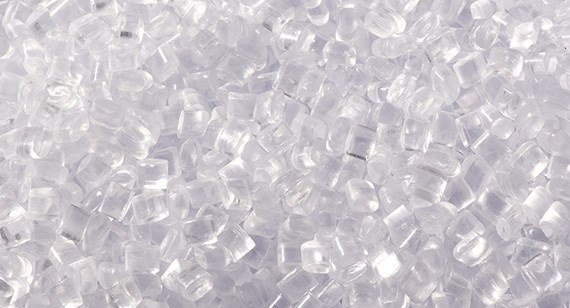
Some materials transmit almost all of the light that falls on them, but only a small portion of it is reflected; such materials are not translucent; they are known as optically transparent materials. Flat glass and clear water are two examples.
What are the Processes for producing transparent and translucent parts?
There are numerous uses for transparent and translucent parts in the automotive, aerospace, window, and daily household appliance industries. Their use is influenced by factors like vision and aesthetics.
Stereolithography(SLA)
Stereolithography is an additive manufacturing process that employs a computer control program to generate highly complex geometries, manufacturing parts, and mockups in a matter of hours. The highly focused UV light beam is used to draw the shape on the surface of the polymer resin using a preprogrammed CAD design.
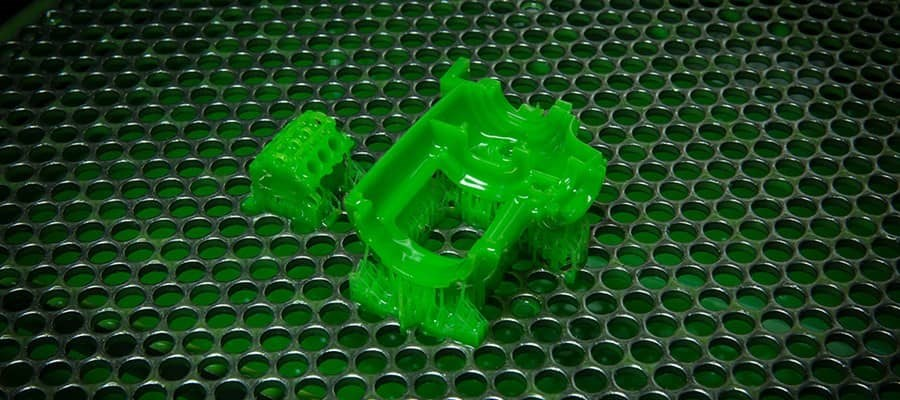
The SLA technique is quite famous for producing these transparent and translucent parts but remember the choice of manufacturing technique always depends upon the part's application. The product durability of SLA is not up to par when compared to CNC and injection molding, but it is a good option if you are very concerned about time. Transparent and translucent SLA objects require some post-processing techniques to achieve a finished product.
Advantages: Timeliness, suitable for bulk production, SLA gives a lot of materials and colors scheme options.
Disadvantages: Low strength and durability, need post-processing requirements to be fully transparent.
CNC machining:
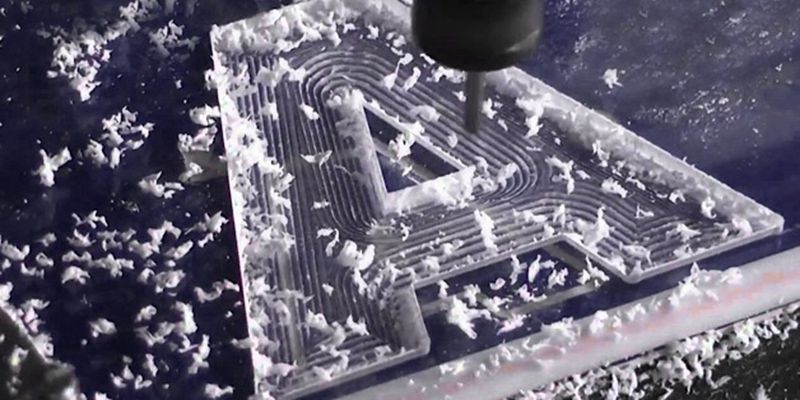
The CNC machining process is the most widely used industrial manufacturing process, owing to the durability and strength of CNC-manufactured parts. To achieve the desired products, various operations such as milling, boring, and turning are carried out.
This approach is used to manufacture most translucent and transparent components, including windows, PC cases, and automobile lights. The most typical material used in manufacturing is acrylic; it mills easily and produces results with excellent accuracy and precision. Acrylic parts have a great transparent look, furthermore, post-processing operations like hand grinding, and sanding are performed on them to get a more clear view.
CNC machining is a little bit time-consuming and labor-intensive process, thus it is a little bit expensive when compared to SLA for bulk production, however CNC machining ensures more strength, durability, and toughness than SLA manufactures parts.
Material: PMMA PC, PS.
Advantages: High material strength and Durability of Products. easy to operate.
Disadvantages: More expensive than other processes.
Injection molding:

Injection molding is a manufacturing process, which produces parts by injecting molten material in to desired shapes molds. Before starting manufacturing, specifically designed molds are prepared, and molten material is prepared to inject in these molds. As this process needs specific pre-arrangements so it is not ideally adopted in the industry to produce Transparent or translucent parts.
PC, PMMA, and PET materials are mainly used to produce transparent parts through injection molding, however, injection molding has some processing drawbacks and they can only be addressed through skilled workers. They are shrinkage, flow marks, and so on.
Material: PC, PET, and PMMA are mostly used.
Advantages: Able to produce complex parts, highly efficient and durable products.
Disadvantages: Need a lot of cycle time, Need high expertise for mold making, molds are extremely costly.
Post-Finishing requirements of Transparent and Translucent Parts:
Transparent and translucent parts always require a post-processing treatment to achieve a shiny and clear appearance, especially when manufactured using CNC machining and SLC techniques. Remember that these techniques are only for surface enhancement and not for precision and accuracy.
Sanding:
Sanding is a surface improvement technique in which we use friction to increase the transparency of the product. Sandpaper has specially designed grooves that are applied in a specific manner to remove unwanted scratches and resigns. Sanding is commonly used prior to painting, fumigation, and sand-blasting.
The sanding process is mainly applied to CNC machined products, and they are not suitable when you desire a completely transparent product.
Polishing:

Polishing techniques give highly translucent and transparent parts, it is applied for the final touching of the automobile, aerospace, and PC parts. A crystal clear product is achieved, CNC machined products which are supposed to be translucent are not suitable for the polishing technique, however transparent parts mostly acrylic and PPMA material parts are ideal. Buffing, flame polishing (for standard/non-critical parts), and optical machining are all polishing techniques.
Coloring :
Coloration is also used to clear transparent and translucent parts, and it is especially recommended for injection molded parts, where specific colors and other additives are added to the manufacturing molds. CNC manufacturing parts coloring is accomplished through the use of machining parts, tinting, sandboxing, and texture painting. This process uses primarily red, orange, and yellow colors and is primarily used for aesthetic purposes. A layer of paint can also be applied to manufactured parts, but this can result in orange peel.
Resin Coating:
Resign coating provides excellent transparency results, but it is an expensive option, that is mostly used on CNC and SLC-manufactured parts. With the help of a syringe, a drop of resin is applied to the specific part; the resin spreads on the surface, absorbing all scratches and providing a smooth surface finish.
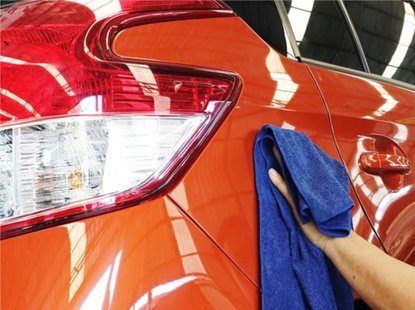
Conclusion:
Baichuan specializes in metal and plastic prototyping and has been in the prototyping business for more than 20 years we are an ISO9001-certified company having expertise in the production of clear and translucent products. we have a state of the art machinery and well-experienced engineers to provide you with expert advice on your product manufacturing.




